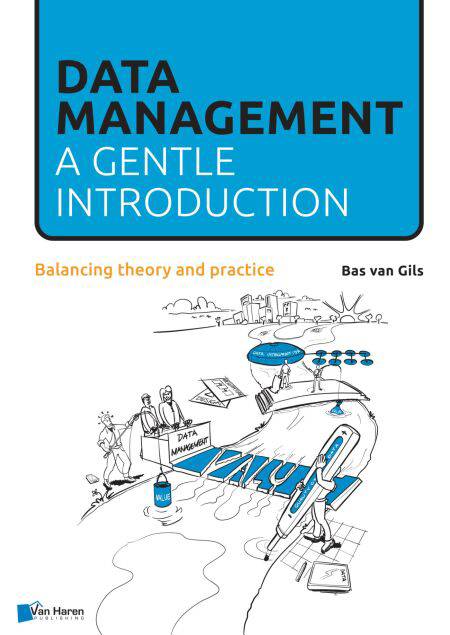
- Afhalen na 1 uur in een winkel met voorraad
- Gratis thuislevering in België vanaf € 30
- Ruim aanbod met 7 miljoen producten
- Afhalen na 1 uur in een winkel met voorraad
- Gratis thuislevering in België vanaf € 30
- Ruim aanbod met 7 miljoen producten
Zoeken
Data Management: a gentle introduction E-BOOK
Balancing theory and practice
Bas van Gils
E-book | Engels
€ 54,45
+ 54 punten
Uitvoering
Omschrijving
"The overall objective of this book is to show that data management is an exciting and valuable capability that is worth time and effort. More specifically it aims to achieve the following goals:
1. To give a "gentle" introduction to the field of DM by explaining and illustrating its core concepts, based on a mix of theory, practical frameworks such as TOGAF, ArchiMate, and DMBOK, as well as results from real-world assignments.
2. To offer guidance on how to build an effective DM capability in an organization.This is illustrated by various use cases, linked to the previously mentioned theoretical exploration as well as the stories of practitioners in the field.
The primary target groups are: busy professionals who "are actively involved with managing data". The book is also aimed at (Bachelor's/ Master's) students with an interest in data management. The book is industry-agnostic and should be applicable in different industries such as government, finance, telecommunications etc.
Typical roles for which this book is intended: data governance office/ council, data owners, data stewards, people involved with data governance (data governance board), enterprise architects, data architects, process managers, business analysts and IT analysts.
The book is divided into three main parts: theory, practice, and closing remarks. Furthermore, the chapters are as short and to the point as possible and also make a clear distinction between the main text and the examples. If the reader is already familiar with the topic of a chapter, he/she can easily skip it and move on to the next."
1. To give a "gentle" introduction to the field of DM by explaining and illustrating its core concepts, based on a mix of theory, practical frameworks such as TOGAF, ArchiMate, and DMBOK, as well as results from real-world assignments.
2. To offer guidance on how to build an effective DM capability in an organization.This is illustrated by various use cases, linked to the previously mentioned theoretical exploration as well as the stories of practitioners in the field.
The primary target groups are: busy professionals who "are actively involved with managing data". The book is also aimed at (Bachelor's/ Master's) students with an interest in data management. The book is industry-agnostic and should be applicable in different industries such as government, finance, telecommunications etc.
Typical roles for which this book is intended: data governance office/ council, data owners, data stewards, people involved with data governance (data governance board), enterprise architects, data architects, process managers, business analysts and IT analysts.
The book is divided into three main parts: theory, practice, and closing remarks. Furthermore, the chapters are as short and to the point as possible and also make a clear distinction between the main text and the examples. If the reader is already familiar with the topic of a chapter, he/she can easily skip it and move on to the next."
Specificaties
Betrokkenen
- Auteur(s):
- Uitgeverij:
Inhoud
- Aantal bladzijden:
- 250
- Taal:
- Engels
Eigenschappen
- Productcode (EAN):
- 9789401805551
- Verschijningsdatum:
- 2/03/2020
- Uitvoering:
- E-book
- Beveiligd met:
- Adobe DRM
- Formaat:
- ePub

Alleen bij Standaard Boekhandel
+ 54 punten op je klantenkaart van Standaard Boekhandel
Beoordelingen
We publiceren alleen reviews die voldoen aan de voorwaarden voor reviews. Bekijk onze voorwaarden voor reviews.











